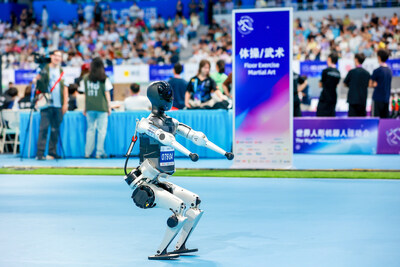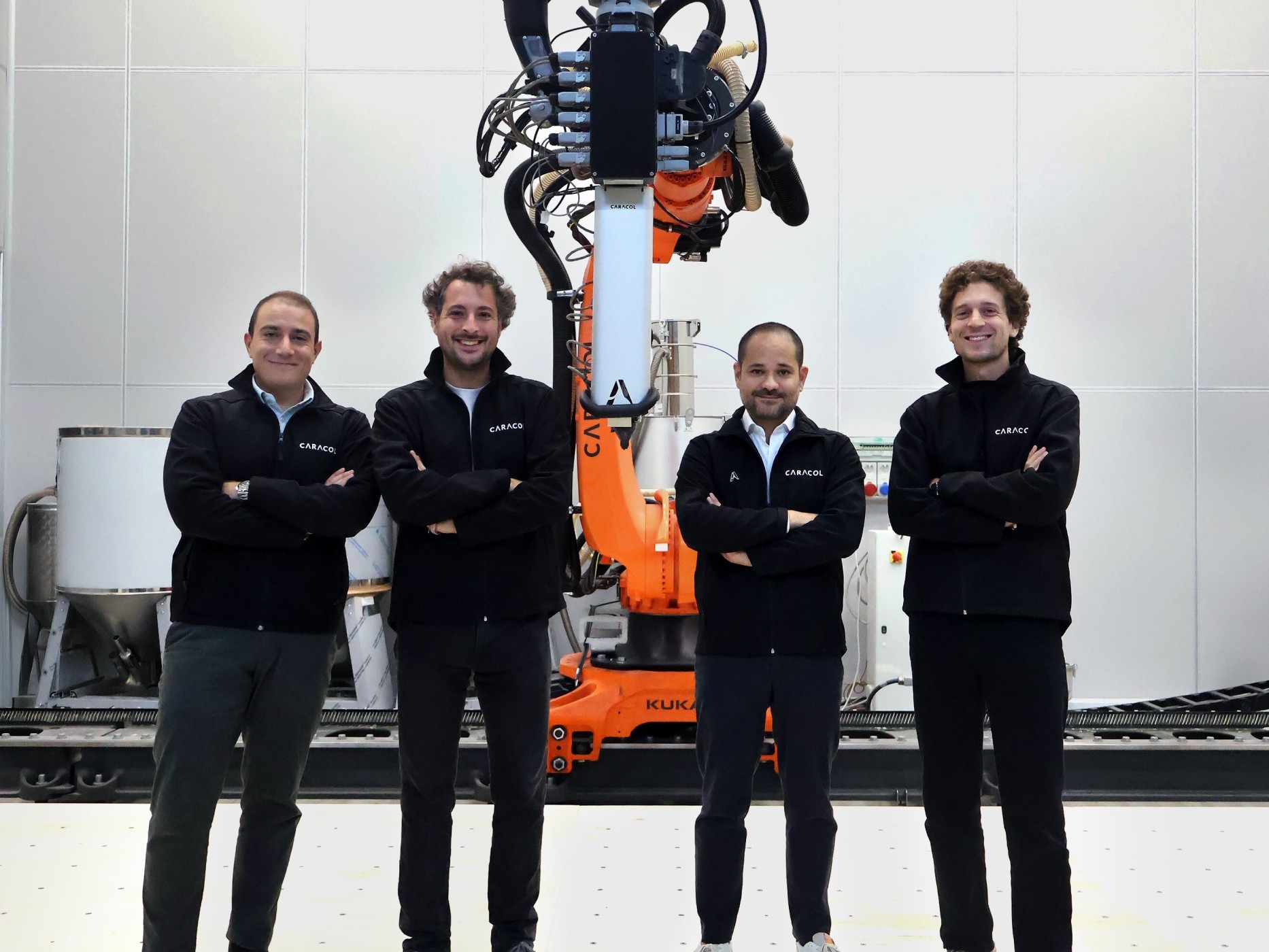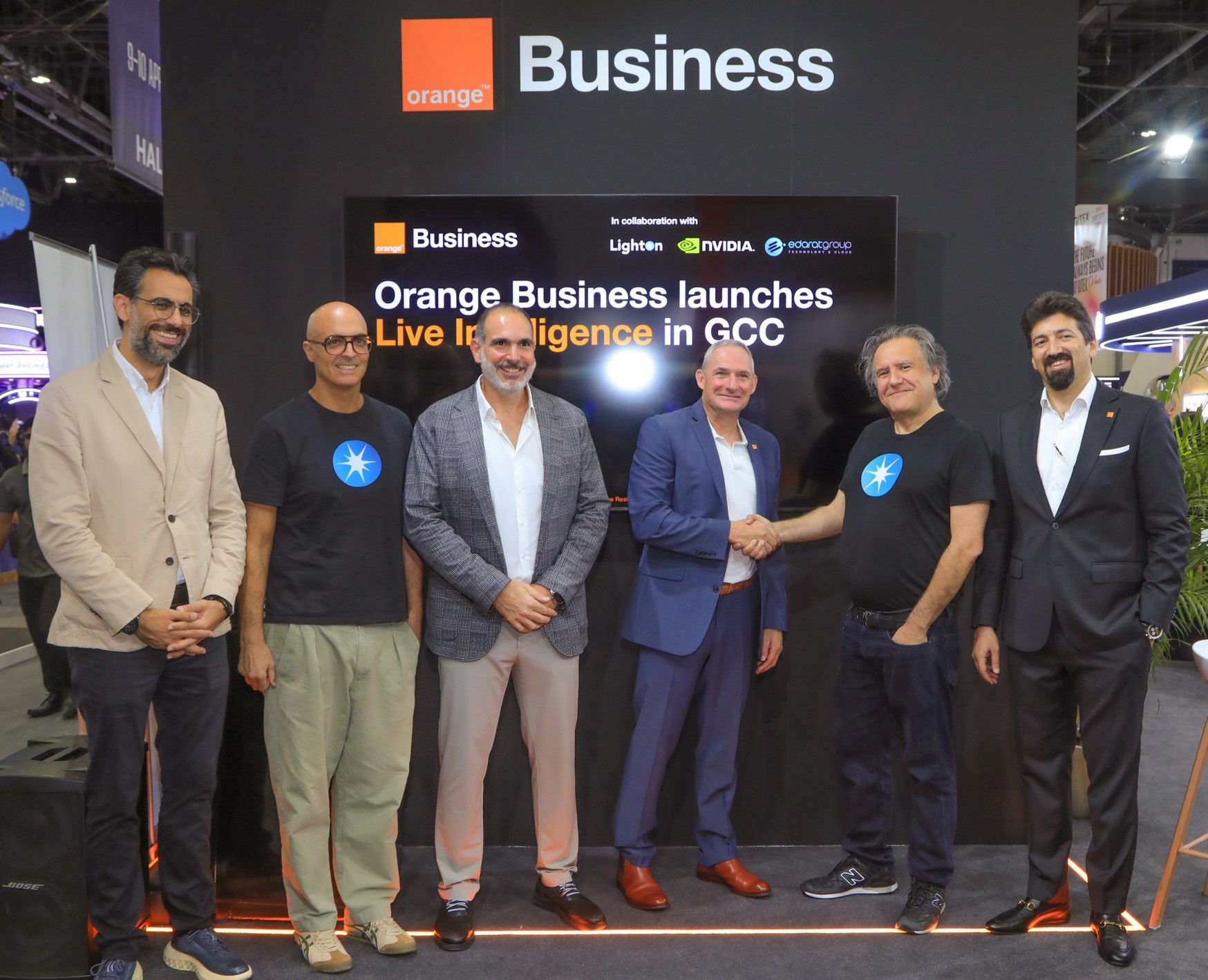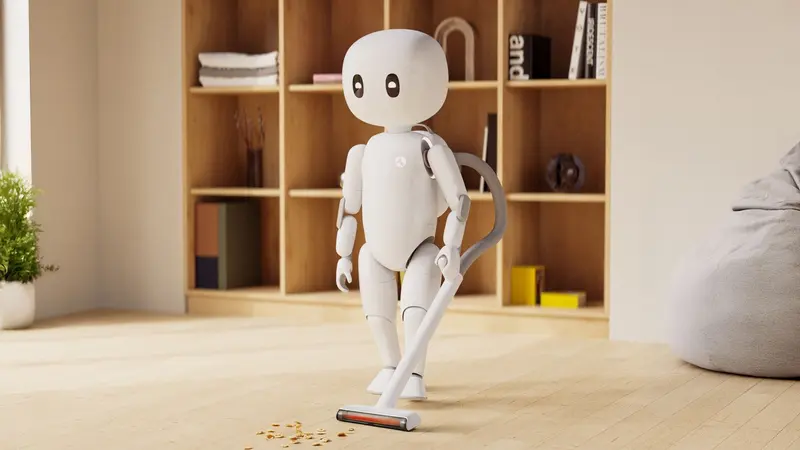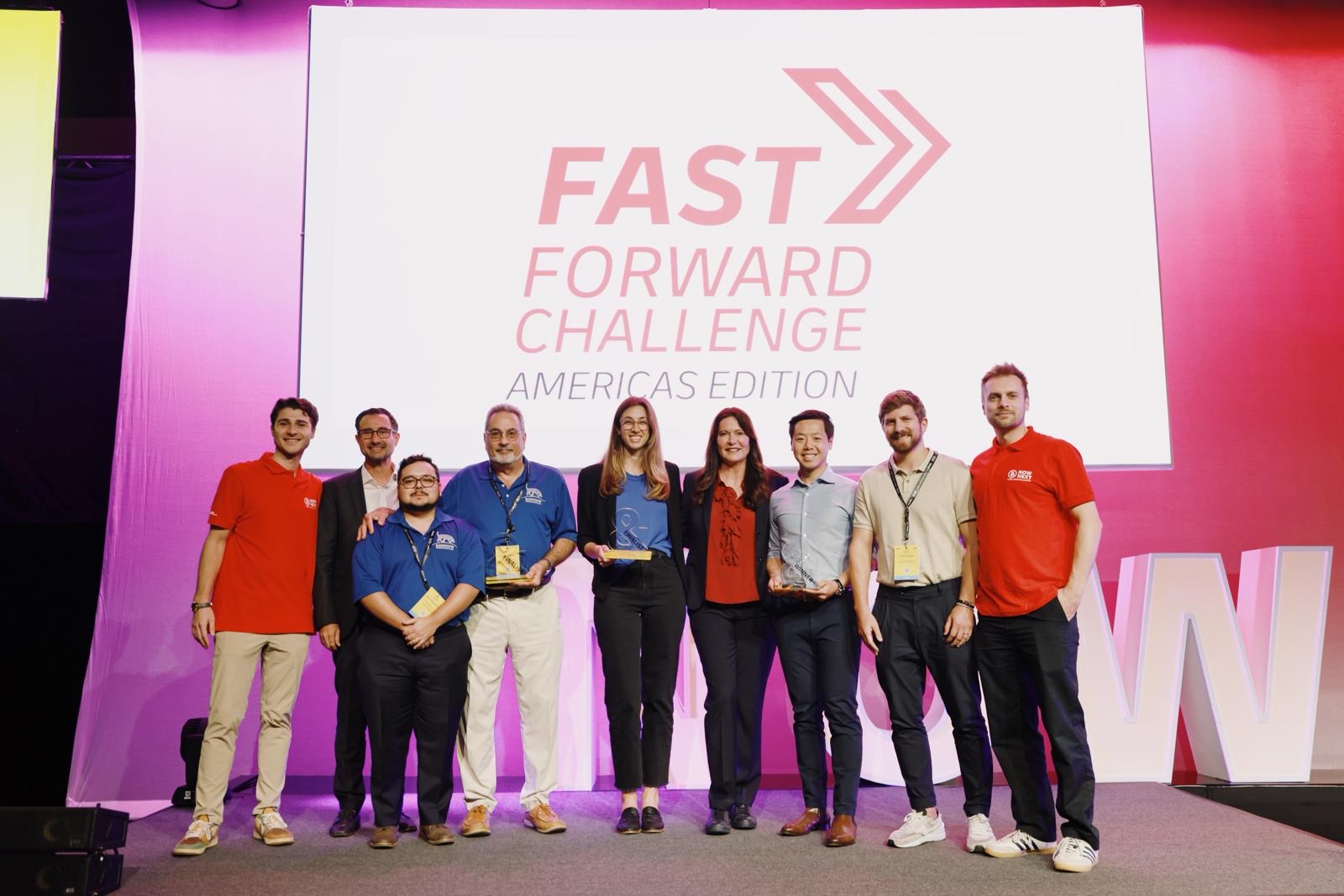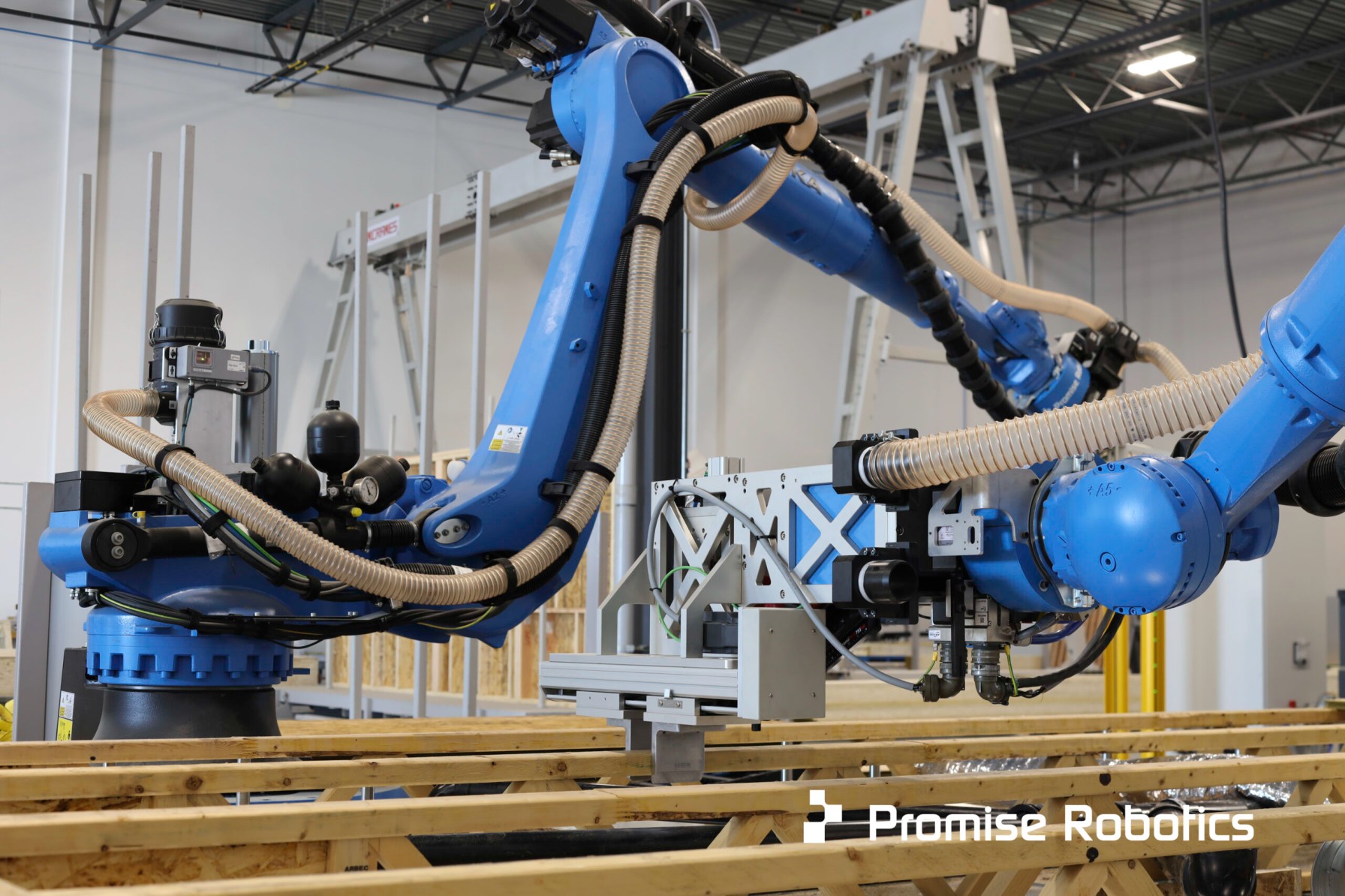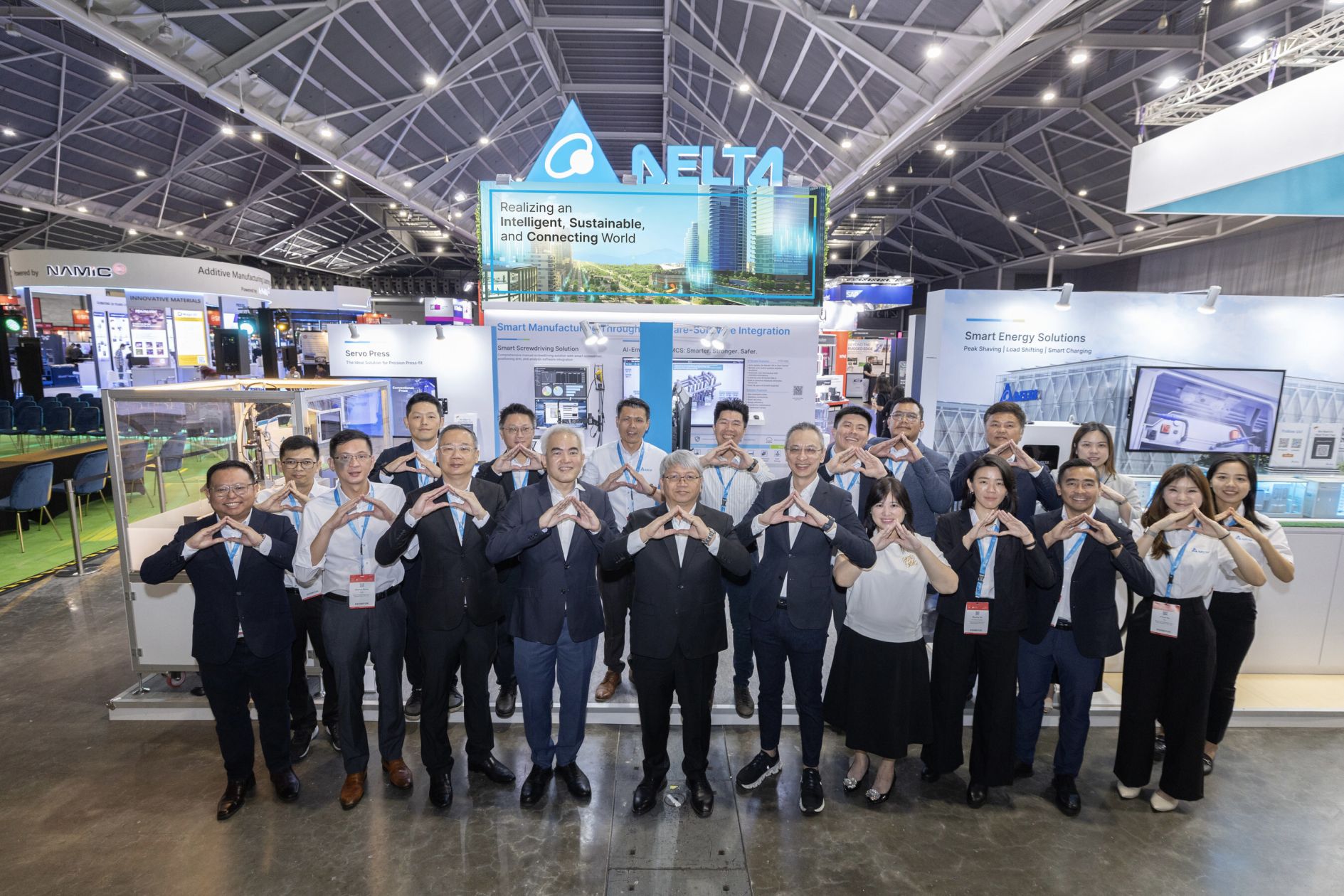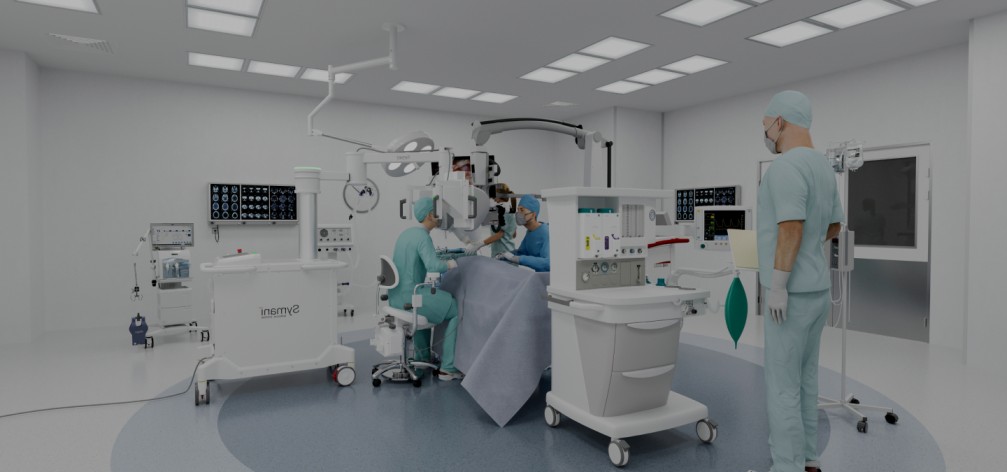Noetix Robotics Wins Two Golds, One Silver at Global Humanoid Robotics Games
Beijing-based Noetix showcases N2 and E1 humanoid robots’ agility and AI-driven versatility, ranking third overall in medal standings.
Image Courtesy: Public Domain
Noetix Robotics, a fast-growing humanoid robotics company headquartered in Beijing, achieved outstanding results at the Global Humanoid Robotics Games, winning two gold medals and one silver medal to place third in the overall medal table. Competing with its N2 humanoid robots and the newly launched E1 in nine categories, Noetix demonstrated its robots' athletic excellence and technological innovation capabilities to mark a crucial milestone in its mission to integrate humanoid robots into everyday life.
“Our success at this year’s Games reflects the progress we’ve made and the path we’re committed to,” said Zheyuan Jiang, President of Noetix Robotics. “Humanoid robots are more than a technical advancement. They are a bridge between technology and human life. At Noetix, we strive to bring robots out of the lab and into everyday life, where they can become trusted companions and assistants.”
Beijing has become a leading hub for robotics, thanks to strong policy support and steady investment in core technologies and the supply chain. The city has fostered a vibrant ecosystem of robotics companies, supported by a diverse talent pool, funding, and facility provision. Noetix Robotics has also received significant support from the Beijing government, particularly in talent policies, workspace, and investment incentives. By hosting the Global Humanoid Robotics Games, Beijing has ushered in a level international stage for competition, fostering technical progress and sparking public interest in embodied intelligence. All three medal-winning teams this year were supported by the Beijing Robotics Industry Development Fund, underscoring the city's strategic commitment to this field.
Noetix Robotics was one of the companies with the highest participation, competing in nine different events: 100 meters, 400 meters, 1,500 meters, 4 x 100 meter relay, 100 meter hurdles, high jump, standing long jump, floor gymnastics, and solo dance. The company competed with two humanoid robots, the compact N2 and the new E1, both of which demonstrated versatility, agility, and innovation in both athletic and artistic fields.
Based on a lightweight design, the N2 offers 18 degrees of freedom, one to two hours of battery life, and a maximum running speed of 3.2 meters per second. With in-house developed motion control algorithms, it can adapt to challenging terrain and execute complex movements such as somersaults, sprints, and dances. It is recognized for its excellent performance-to-cost ratio and is widely used in teaching, research, and dynamic demonstrations.
The E1, an advanced bipedal humanoid, stands 1.36 meters tall and features 21 degrees of freedom, extended arms, waist flexibility, and modular expansion. It walks at a speed of 1.2 meters per second and has one to two hours of endurance. Powered by multimodal AI, the E1 synchronizes speech, facial expressions, and body movements with low-latency response, enabling multilingual interaction and the expression of emotions. Its low-power 48V system supports memory functions, personality development, and immersive engagement, while also allowing for customization of appearance and character. Equipped with modular options such as highly dexterous hands and advanced arms, the E1 is one of the most versatile humanoid robots in its class.
On the field, Noetix Robotics won two gold medals and one silver, highlighting both the athleticism and cultural flair of its robots. E1 won gold in the standing long jump with a leap of 1.25 meters, while N2 dazzled the crowd in floor gymnastics, scoring 41.60 points with a series of acrobatics and somersaults—more than the combined totals of all other competitors. The silver medal was awarded in solo dance, where Noetix and the Beijing Dance Academy performed Yingge , a traditional folk dance from the Chaozhou-Shantou region of China. Combining culture and technology, the choreography earned 95.30 points, just 0.1 points short of the gold medal.
In the future, Noetix Robotics aims to make humanoid robots a part of everyday life, serving as companions, helpers, and household assistants. The company plans to further enhance their athletic and functional capabilities, moving them from laboratories and competitions to real-world applications that enrich daily life.


